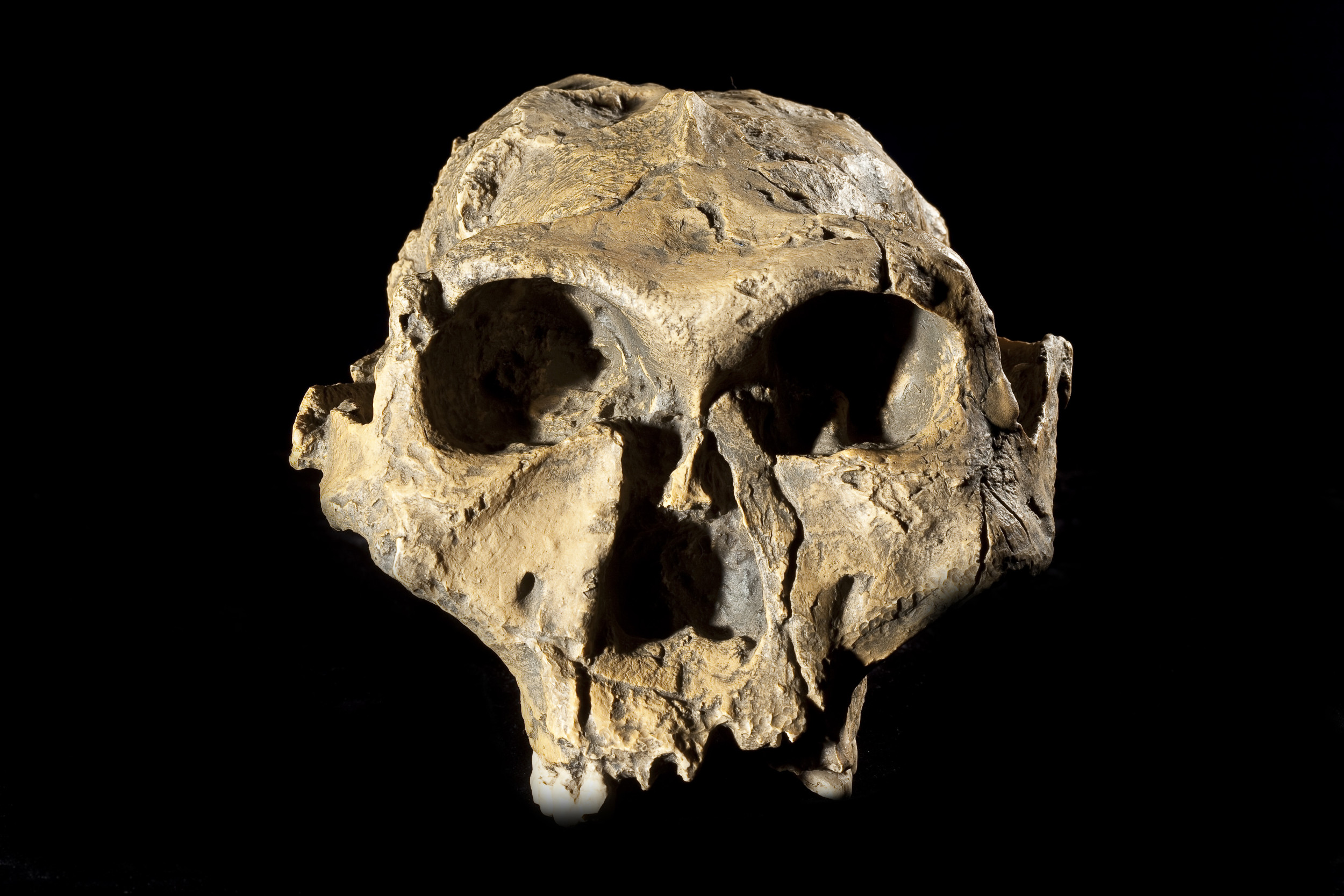Research on the dental remains of our human predecessors who inhabited Earth approximately 3.5 million years ago indicates that their diet was largely, if not entirely, plant-based.
The intake of animal products like meat is regarded as a key milestone in human evolution, which archaeologists associate with the expansion of the brain and the capability of early humans to create and utilize tools.
However, proof regarding when ancient humans began consuming meat has proven challenging to uncover.
Australopithecus
was a hominin—a primate similar to humans—that was bipedal but possessed smaller brains compared to those of Neanderthals and contemporary humans.
In this research, scientists from the Max Planck Institute for Chemistry in Germany and the University of Witwatersrand (Wits) in South Africa examined various forms of nitrogen found in the fossilized tooth enamel of seven specimens.
Australopithecus
people discovered in southern Africa.
Examining variations in nitrogen isotopes—which can differ in weight based on the number of neutrons within their nuclei—enables archaeologists to gain insights into where an animal stood in the food chain hierarchy.
As animals process their meals, their systems generally expel more of the lighter variant of nitrogen, known as 14N, via excretions such as urine, feces, and perspiration. This results in an increased concentration of the heavier nitrogen isotope, referred to as 15N, within their body tissues relative to what was present in their dietary intake.
This indicates that plants possess a significant amount of 14N but only limited amounts of 15N; herbivores accumulate higher levels of 15N and lower levels of 14N compared to the vegetation they consume; whereas, carnivores exhibit elevated concentrations of 15N alongside reduced quantities of 14N.
Therefore, the greater the amount of 15N found within an organism relative to 14N, the higher it is thought to reside in the food chain.
The nitrogen isotope ratios have typically been employed to examine the diets of both contemporary populations and ancient humans, as evidenced by analyses of their hair and skeletal remains. However, applying this method to extremely old fossils poses significant challenges due to material degradation over extended periods.
However, this group of researchers employed a novel method created by the Max Planck Institute for Chemistry to determine nitrogen isotope ratios in fossilized tooth enamel dating back millions of years.
“The hardest tissue found within the bodies of mammals is tooth enamel, which has the ability to retain the dietary isotopic signature of an organism for over millions of years,” stated geochemist Tina Lüdecke, who led the research at Max Planck, in a press release.
Lüdecke and her team examined isotope information from the dental enamel of
Australopithecus
People discovered within the Sterkfontein cave close to Johannesburg, South Africa; a region famous for its assembly of ancient hominin remains.
They compared it with isotopic information from teeth of coexisting creatures like monkeys, antelopes, and hyenas to determine whereabouts.
Australopithecus
find their place in the ancient food web.
They discovered no evidence of meat consumption;
Australopithecus
ate
a varied plant-based diet
, possibly including sporadic consumption of eggs or termites, but that diet was largely vegan.
Lüdecke’s group intends to broaden their investigation to delve into
When did meat eating start among early humans?
, how it developed and if it assisted our forebears.
Alfredo Martínez-García, who works at the Max Planck Institute for Chemistry, stated: “This technique introduces thrilling opportunities for gaining insights into human evolution and could potentially resolve key issues such as when our forebears started including meat in their diets. Additionally, we might discover whether this shift toward eating more meat correlates with growth in brain size.”
The research was released on Thursday, January 16, in the scientific journal.
Science
.
Do you have a suggestion for a food-related story?
SofTech
Should we address something specific? Is there a nutritional issue causing you worry? Please let us know.
science@SofTech
We can seek guidance from specialists, and your narrative might get highlighted.
SofTech
.
Reference
Lüdecke, T., Leichliter, J. N., Stratford, D., Sigman, D. M., Vonhof, H., Haug, G. H., Bamford, M. K., Martinez-Garcia, A. (2025). The hominids from Sterkfontein apparently did not regularly eat significant amounts of mammal flesh.
Science
,
387
(6731).
https://doi.org/10.1126/science.adq7315
Related Articles
- People from the Neolithic era sacrificed ‘sun stones’ following a volcanic eruption about 4,900 years ago.
- Old DNA Shows Women Were Key to Social Networks in Celtic Britain
- Uncommon Roman Gold Coins Valued at $322,000 Discovered in Luxembourg
- Heritage Organization Alerts Public: Moon at Risk
Start your unlimited SofTechtrial










